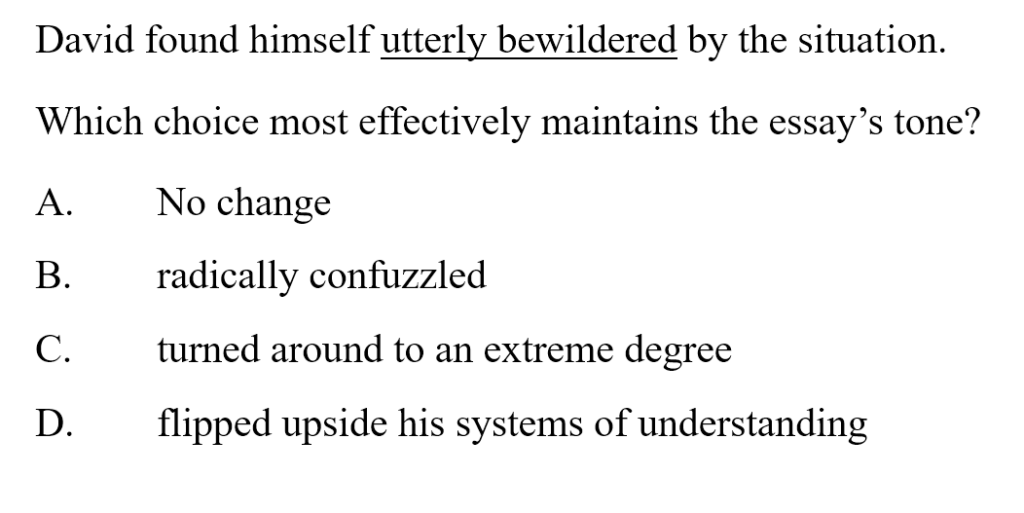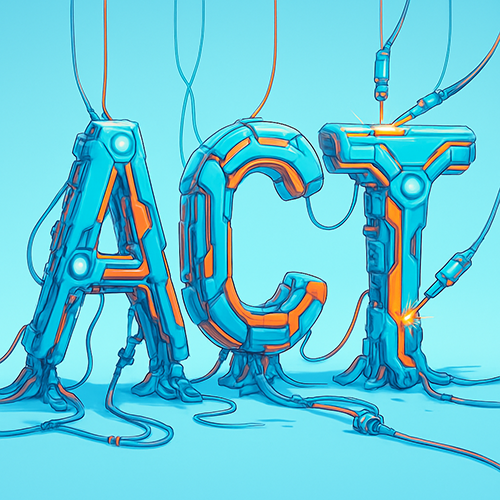After 30 years of stalwart consistency, the ACT has finally taken its first big leap by altering its flagship exam:
Adding time per question, reducing question count, and relegating the highly contentious “Science” section to the optional bin, alongside writing (Click here for my article on the full list of changes).
This change comes in direct response to the SAT’s own transformation undertaken last year, which saw the exam shedding time, questions, and complexity. The SAT has always been the name-brand “Coke” to the off-brand ACT “Pepsi,” and this new, sleeker version—compared to the older ACT’s hour-longer, 200-plus-question behemoth—gave students an easier choice than ever.
Given all of this, the ACT’s decision to amend their exam by addressing the greatest-hits list of student complaints was natural; but it’s not all so simple.
For a long time, the ACT’s most defining features were its unforgiving pace and marathonic length. These two elements were crucial to balance the more simple and straightforward question style seen on the exam—adding together to give it a distinct character compared to its SAT counterpart.
So naturally the question follows: If the ACT, a test that used its pace and length to balance difficulty, abandons these principles, in what other ways will the test change? Will the question style remain the same? Will the passages become more complex? Will we see an overall increase in difficulty to compensate?
These are all questions I had when approaching the exam this September 6th, and after sitting down for a relatively brisk 2 hours and answering a paltry 131 questions, I had my answers.
English
Major Changes:
- Passages have a variable amount of questions, but always in increments of 5 (5,10, or 15)
- Correspondingly, there are variable amounts of passages (my test had 7)
- All questions now have “Question Flags”
- Much greater emphasis on “Rhetoric” style questions, relating to sentence placement, deletion, and purpose.
Starting off with the brand new English section, I was not quite sure what to expect, but I was delighted to find that the test was, for the most part, completely unchanged.
The new addition of “flags” on each and every English question (the part of the question that… asks the question) was a welcome change that greatly increased test clarity. That said, it wasn’t all good news. It seems that the bulk of the 25 questions cut from this new version were of the grammar variety, leaving the distribution between them and the much trickier rhetoric style questions much more even (and maybe even skewed in the latter direction).
On a smaller note, I noticed a proliferation of a new question type that will invariably cause much headaches for me and my students: “Which choice most effectively maintains the essay’s tone?” This is another addition to the ACT’s long-standing tradition of including question types that essentially ask something to the effect of “which answer choice least resembles a martian alien pretending to speak English.”

Overall, I found the English section mostly consistent with the previous format, with a slight increase in difficulty—a theme that would continue.
Math
Major Changes:
- Questions no longer ordered by difficulty
- Much greater focus on broad, conceptual questions
- Statistics now represents a significant portion of question types
The math section has clearly undergone some changes. Having lost 15 questions, the math seems to have followed a similar path to the English, primarily dropping its most straightforward question types. For those familiar with the old format, you could consider the new test to be the equivalent of simply discarding the first 15 questions from the old; why the first 15? Because the old format sequenced its questions in a very clear order of easy to hard, something that is completely absent from the new format. This change is probably the most significant on the whole exam, requiring students to employ a much more nuanced approach to pacing and question order.
Additionally, the new math section saw a much increased emphasis on conceptual questions, as well as advanced algebra and statistics. These concepts were all present before, but their increased emphasis on this new format is notable (with particular attention to statistics, which has greatly increased in recent years).


Overall, this new math section is significantly tougher than previous years. That said, it still retains most of its ACT DNA: a wide subject area, with relatively shallow concept depth (especially when compared to the SAT).
Reading
Major Changes:
- Greater focus on more conceptual “Main idea” questions
- Decreased emphasis on simpler “Specific details” questions
- No more set passage genres
The Reading section, I’m happy to report, was more or less the section we’ve come to expect from the ACT. With the only official stated changes being a decrease in questions per passage, and increase in time, the reading section is visually near identical to its former self, with no new question types as far as I could determine.
There was an overall increase in broader, more conceptual questions that required more complete knowledge of the passage, but that is, at this point, to be expected.
Otherwise, the only major change to report is that the comparison passage seems to no longer cleanly indicate which questions belong to Passage A, or B, but the questions themselves are still very clearly segregated.
There was one particularly notable change on my exam, however: the very last passage I encountered contained a bar chart, which was naturally later utilized for a question. Bar charts, or any other visual data representation for that matter, have effectively never been seen on the reading section. So why now? My thinking is that since the Science section has been deemed nonessential, the ACT intends to sneak some of its core concepts into the reading section, which is something the SAT has already effectively done for decades.
With all that said, how did I do on this latest incarnation? Well, I am devastated to report that a perfect score eluded me on this occasion, with the Math section being my achilles heel. I plan to rectify this matter post haste; off I go to brush up on my statistics!

If you or your student would like help navigating the ACT or SAT, please reach out by email or text to get started today!
(858)-735-6996




